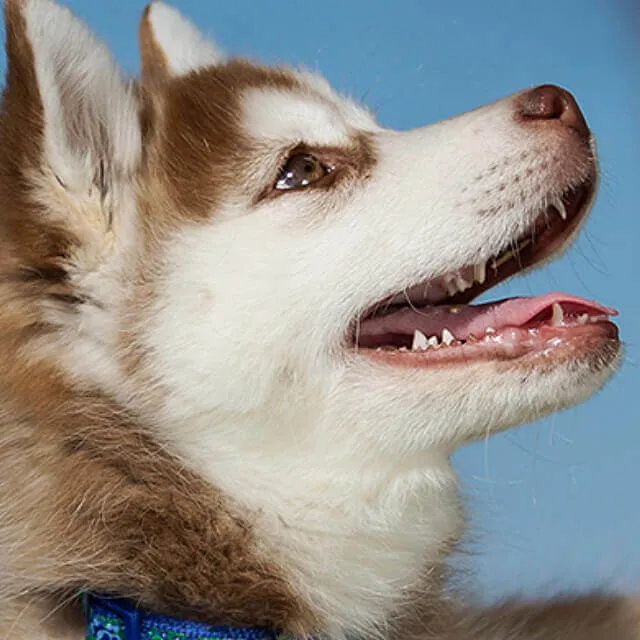In this section
The Puppy Starter Checklist

share:
Just like when you bring home a baby, there are a few things you need to keep handy before your pooch arrives home.
Puppy Crate, Dog Beds & Dog Kennels
- Choose a quiet area of the house or outside your house if you are considering a kennel. Select a space where your puppy can sleep without being disturbed whenever he's tired. Let him get comfortable with this space.
- Line his bed with something soft and warm (and something to snuggle with). You could choose an old blanket, as he’s likely to chew.
Food & Water Bowls
- Try the "non-tip" variety of bowl, or put a plastic, non-slip mat underneath his bowl.
- Stainless steel bowls are also recommended, as they're easier to clean and keep your puppy's feeding area hygienic.
- Clean both his food and water bowls every day.
- Regularly fill your puppy's bowl with fresh water.
- If you're serving wet puppy food, ensure that it's kept refrigerated and your puppy eats it within 15–20 minutes; if he doesn’t finish all of his food, discard it.
Toys and Chews
- Choose toys and chews that are the right size, shape and texture for their growing teeth, mouth and jaws. Ask your vet for suggestions.
Stain Removers and Deodorizers
- Because your puppy can (and will) have accidents as he becomes house-trained, it's a good idea to pick up some stain removers and enzymatic deodorizers.
- If the area isn't completely cleaned, your dog will continue to smell his personal scent, and keep returning to the area to do it again.
- If a 'wet' accident has just happened, clean effectively and remove the odour by applying a deodorizer.
Shampoo, Brush and Comb, and Toothbrush/Paste.
- Talk to your vet about a dog shampoo that's pH balanced and suitable.
- Select the brushes and combs to ensure his or her coat stays healthy and tangle-free. Do expore options best suited to your dog’s breed.
- Brushing teeth can be a challenge at first, but if you introduce it while he's young, he will adjust to the process.
ID Tags and Dog Collars.
- Choose a nylon or soft leather collar; or a dog collar that expands as he grows.
- Your puppy’s identification tags should be firmly attached to his collar. Include his name, your current address and phone number. It's also a good idea to include a separate tag with your vet's name and phone number.
Dog Chain or Leash
- According to your preference, you may keep a long or a short leash, or both. Use the short one for walks, or park trips. A long leash cuts him some slack to stretch his legs.
- Remember to limit the exposure of your puppy to other puppies and dog parks until he's received his vaccinations.
Review this article:



